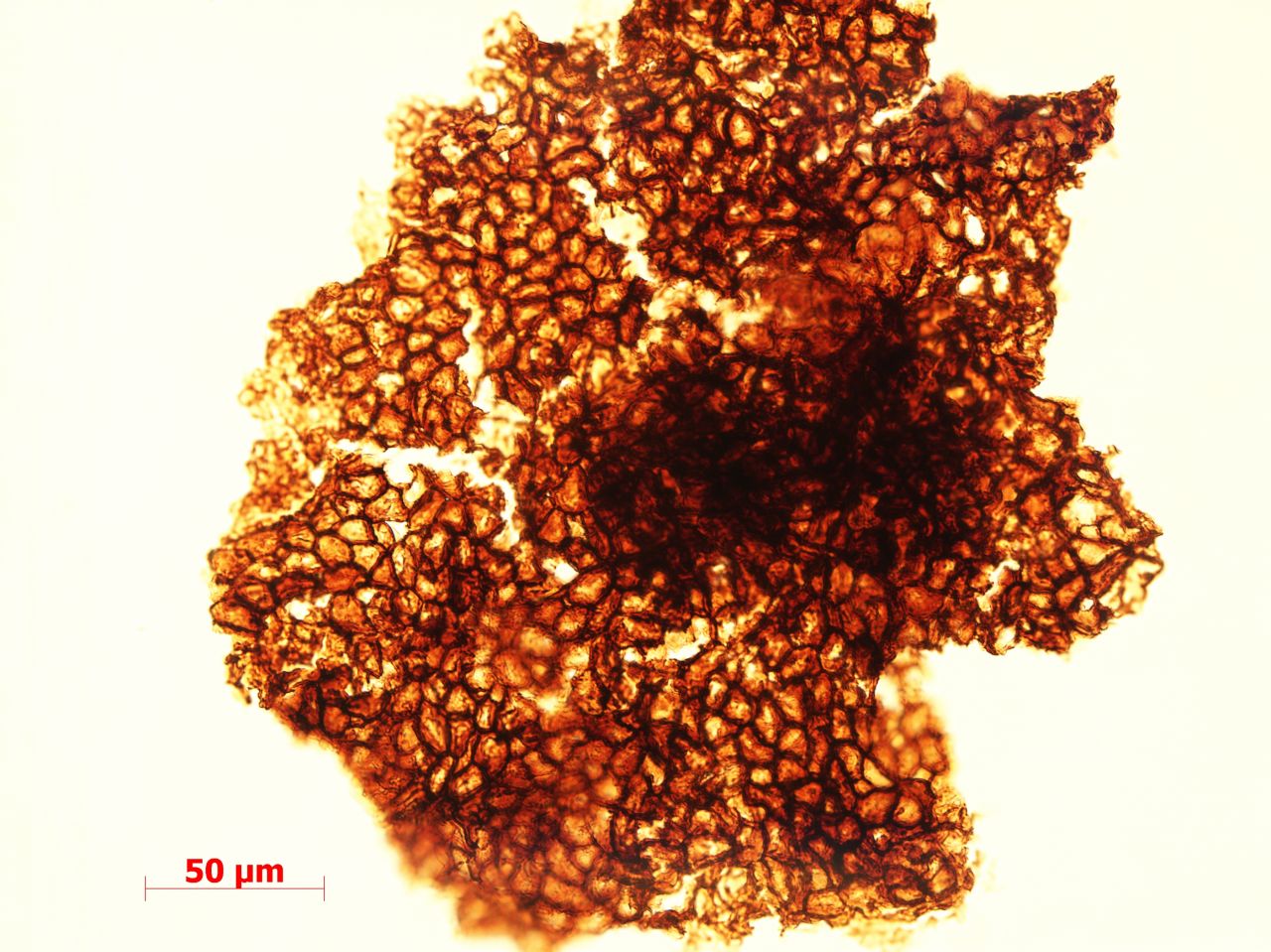1.5 billion-year-old fossils reveal organisms of unusual size
Possibly related to algae, these simple critters grew as long as 30 centimeters.
Just a couple of 1.56 billion-year-old fossils from southern China.
Maoyan Zhu
The fuse to the Cambrian bomb was quite long and, at the very least, had some firecrackers tied to it. Single-celled eukaryotes, organisms with a nucleus and other complex internal structures, joined the bacteria and archaea around 1.5 billion years before the Cambrian. About 60 million years before the start of the Cambrian, a considerable batch of complex organisms appeared, although their relationships to Cambrian life are contentious.
The history of multi-cellular eukaryotes in between is hard to piece together, as extraordinary luck is needed to preserve evidence of their soft cell bodies for us to find. We have a couple examples of tiny multi-cellular organisms that may have been eukaryotes, but a new discovery from a team led by Shixing Zhu of the China Geological survey adds a big one to the family. The long, flat fossils they found in 1.56 billion-year-old rocks were up to a whopping 30 centimeters long and 8 centimeters wide.
The fossils were found in shale rock in southern China. The rock is made from muds deposited just offshore in an ancient ocean. The researchers found 53 specimens that could be categorized into four consistent shapes—all pretty much variations of a necktie. Some were shaped like long tongues, some had squared-off ends, and some were closer to skinny wedges. We're often unsure if some enigmatic shapes in rocks this old are fossil imprints or just ripped up flakes of mud, but the consistency of the shapes in this case avoids that ambiguity.
Dissolving some of the rock, the researchers recovered patches of cells connected in sheets that allow closer inspection. As you’d hope, there was definitely organic carbon present. There was no sign of any organization of cells into specialized types, although the tongue-shaped fossils sported visible lines of some kind running from one end to the other. Some of the fossils also showed hints of what may have been “holdfasts”—anchors that seafloor organisms use to attach themselves to the bottom.

Enlarge / Partial sheets of cells extracted from the rock.
Maoyan Zhu
The researchers write, “Continuing research promises new insights into marine ecosystems in the low oxygen world caricatured misleadingly as a ‘boring billion’ year interval of evolutionary as well as environmental stability.”
No comments:
Post a Comment